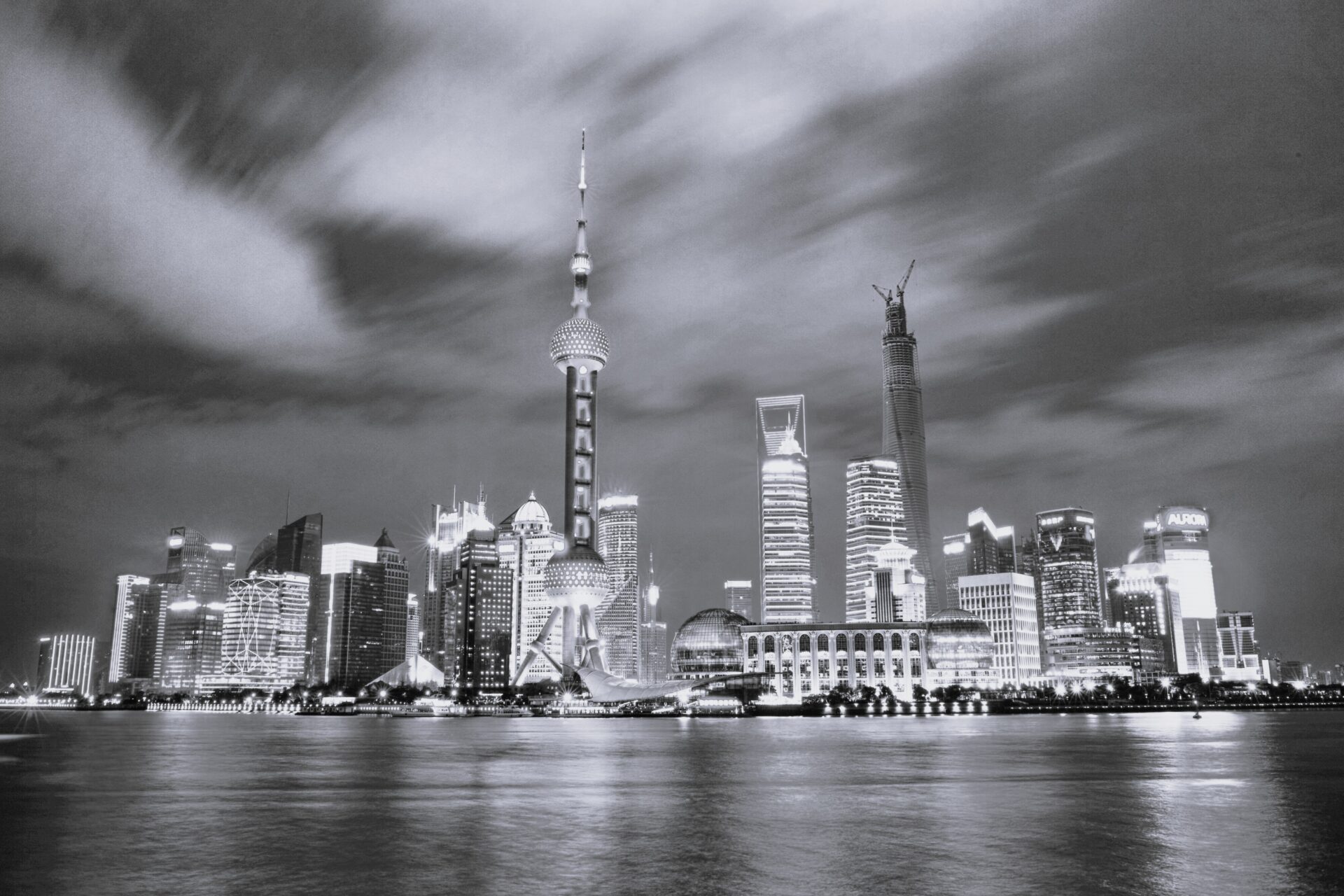In the past century, while the U.S. deployed thousands of military bases —750 to be exact— China was weaving a global network of trade agreements. Today, while much of the world remains focused on tariff wars and political volatility, China is advancing on a different front: the massive integration of artificial intelligence (AI) into daily life, the economy, and public administration.
In cities like Shenzhen and Hangzhou, autonomous drones, smart urban systems, and humanoid robots are already operating. This movement is part of a state-driven strategy to address population aging, boost productivity, and consolidate China’s position as a technological superpower in a fragmented global environment.
Why does this matter for markets?
China accounts for nearly 30% of global growth and is crucial across multiple supply chains. Its technological transformation creates opportunities but also demands greater analysis and caution from investors.
In equities, sectors such as AI, robotics, and automation in Asia are gaining momentum. However, regulatory decoupling from the West and systemic opacity require a balanced and selective exposure.
In fixed income, the impact is more indirect: technological tensions could affect capital flows, risk premiums, and monetary policy decisions. Active and global management remains essential.
In alternative assets, AI opens new doors in venture capital, digital infrastructure, and frontier technologies. The challenge lies in combining strategic vision with sophisticated risk management.
Looking ahead
China is no longer just the world’s factory — it is a laboratory for the future. Understanding this transformation is critical to building resilient portfolios in a world in transition. At Nautic Invest, we guide our clients through these changes with independence, judgment, and a long-term focus.
